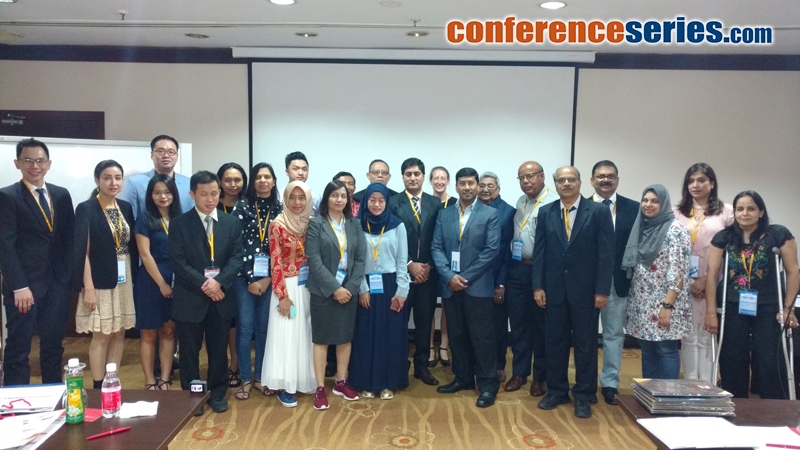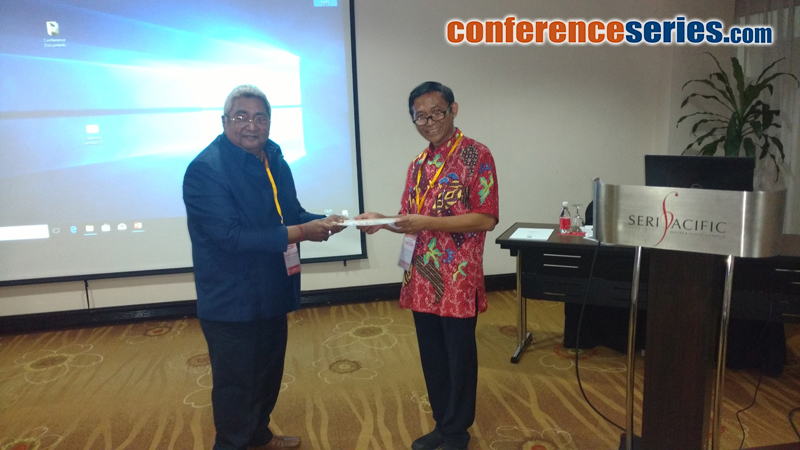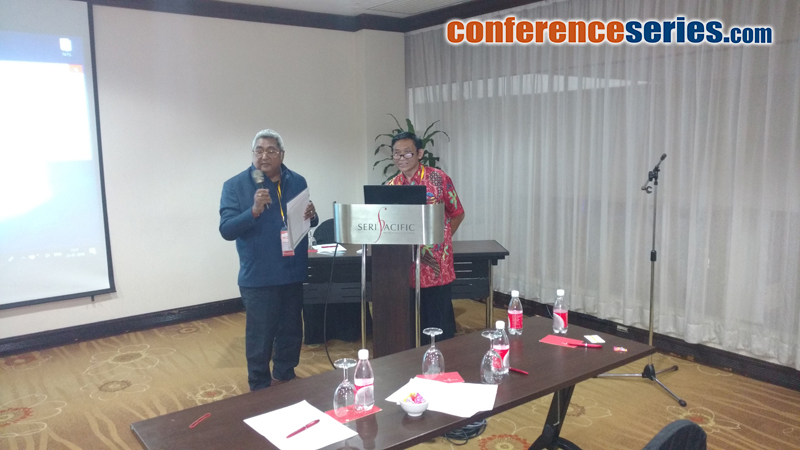
Prasetyadi Mawardi
Sebelas Maret University, Indonesia
Title: Lucio phenomenon: Negleted leprosy reaction
Biography
Biography: Prasetyadi Mawardi
Abstract
Leprosy can be caused by an infection of Mycobacterium leprae commonly acquired through contact with an infected person. M. leprae multiplies slowly and the incubation period of the disease, on average, is 5 years. In some cases, symptoms may occur within 1 year but can also take as long as 20 years to occur. Clinical presentation depends on the patients’ immune status at the time of infection and during the course of disease. Leprosy is spread by person to person contact. Although the most important route is unclear, it is believed that M. leprae is spread either thought the inhalation of infectious aerosols or through skin contact with respiratory secretions and wound exudates. Numerous M. leprae are found in the nasal secretions of patients with lepromatous leprosy. Lucio phenomenon is a special type of reactions observed in uniformly diffuse shinny infiltrative non nodular form of LL. The etiopathogenesis is less well understood. M. leprae are found unusually in large numbers in the endothelial cells of superficial blood vessels and this finding may be responsible for the serious vascular complications seen during the reactive phase. Leprosy patients tend to have leprosy reactions based on immune response patterns that occur and depend on these mechanisms further subcategorized. There is marked vasculitis and thrombosis of the superficial and deep vessel resulting in hemorrhage and infarctions of the skin.




